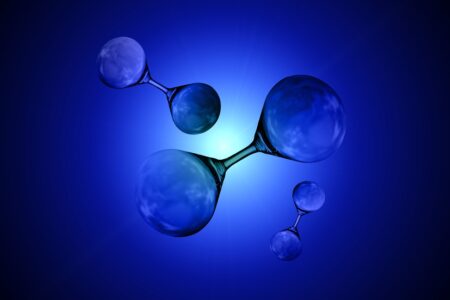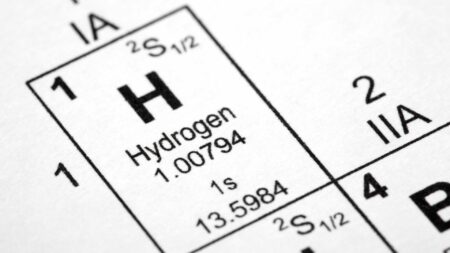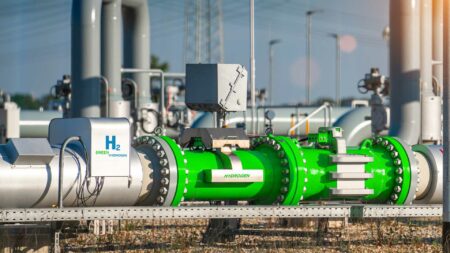A recent study published in the “International Journal of Hydrogen Energy” elucidates the fundamental combustion behavior of ammonia-hydrogen mixtures, providing valuable insights for the hydrogen industry.
Authored by Ridong Zhang, Qihang Zhang, Yunliang Qi, Zhaohan Chu, Bin Yang, and Zhi Wang, the research focuses on measuring Ignition Delay Times (IDTs) and constructing a combustion mechanism under engine-relevant thermodynamic and fuel concentration conditions.
As the global demand for sustainable energy solutions intensifies, hydrogen is increasingly being recognized as a viable clean fuel alternative. Within this context, ammonia-hydrogen blends have drawn particular interest due to their potential to provide a low-emission fuel source. Understanding the combustion characteristics of these blends is crucial for optimizing their use in internal combustion engines, thereby advancing hydrogen technology and infrastructure.
Main Findings
The authors of the study performed extensive experiments to measure the Ignition Delay Times (IDTs) of ammonia-hydrogen mixtures, a key parameter in engine ignition processes. These measurements were carried out under conditions that mimic real-world engine environments, providing relevant data that can be directly applied to engine design and performance optimization.
Using these experimental results, the researchers developed a detailed combustion mechanism for ammonia-hydrogen blends. This mechanism includes comprehensive chemical kinetics data that describe the behavior of these mixtures during combustion.
Potential Applications
The findings of this study have significant implications for the development of ammonia-hydrogen fueled engines. The detailed combustion mechanism can be used to enhance engine performance by optimizing ignition timing and improving fuel efficiency. Automotive and industrial engine manufacturers can apply this knowledge to design cleaner and more efficient engines, facilitating the transition to hydrogen-based fuel systems.
Technical Details
The study employed sophisticated experimental setups to measure IDTs at various temperatures and pressures typical of modern engines. These measurements were then used to validate and refine a comprehensive chemical kinetic model, which accurately predicts the behavior of ammonia-hydrogen mixtures under different conditions.








